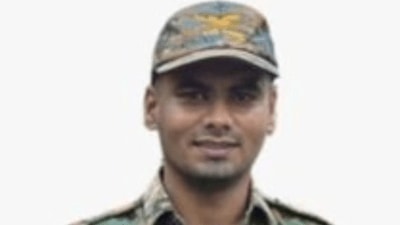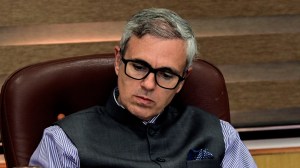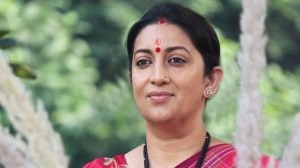Just Around the Corner
THANK god, we also have friendly neighbours like Bhutan. A misplaced passport wasn’t too much of a hassle, as the pretty Bhutanese offi...

THANK god, we also have friendly neighbours like Bhutan. A misplaced passport wasn’t too much of a hassle, as the pretty Bhutanese official at the border was OK with a Rs 150 affidavit stating my nationality.
Pheuntsholing, if you’re going by road, is the entry point into Bhutan and sadly tarnished in some ways due to its tourist take-off point status.
There are modern apartments and evening traffic jams. And in a way, it is a good place to gauge the steady breeze of change sweeping through this little mountain country that allowed television in just three years back.
Kajol shone all over as the screen saver at the permit office, and Bollywood tunes could be heard across hotels (the most popular being Tere Naam).
My first evening at a tiny hotel was spent largely in gorging on momos and rooting for India, along with four waiters, as it tackled the Aussies.
It’s a fuzzy border we share with Bhutan—a huge arched gate and two informal security guards separate Jaigaon in India from Phuentsholing in Bhutan. And that’s about it. People criss-cross across the two towns, relationships are bridged over the border and currency is exchanged.
But there is also a distinct ‘foreignness’ about this place, and it is more than just Bhutan’s status as a part-traditional monarchy that contributes to the feeling.
If you thought the Brits couldn’t have more of their Queen, you need to visit Bhutan. Out here, though, it’s more of a subtle, reverential love. Every restaurant, hotel, and most STD booths have a framed photograph of King Jigme Singye Wangchuck who took over in 1972. The king is usually pictured along with his four wives or the Bhutanese head lama.
What also changes is the physiognomy of the people, the language (dzongkha), their clothes, the distinct architecture of their buildings, and the Toyotas they drive (Bhutan supposedly had a deal with Japan, after a survey was carried out about which car would suit best its mountainous terrain).
The seven-hour bus ride to Thimphu from Pheuntsholing can kill you, were it not for lilting Bhutanese music and the government bus service, the Bhutan Post Express. Needless to say, the most soothing element in this country, among the world’s bio-diversity hot spots, is the scenery, a mixture of hills, valleys and forests.
Besides some medium-sized settlements, the only people you see on the journey are migrant labourers from India working on clearing up landslides. And then the permit officials, who check your papers thrice during the journey.
The capital is one wide road with shops, and restaurants lined on either side. On Tuesdays all shops on the left are closed, on Wednesdays all on the right down their shutters.
Thimphu is, of course, more than just a wide road. It is the administrative headquarters, and houses the royal palace and the parliament.
|
BHUTAN BOUND
|
|
• There are only two entry points: Paro (by air) or Phuentsholing (by road) • It’s a trekker’s paradise. But there’s no personal equipment available, and no place to rent a sleeping bag, so carry your own • Bargaining isn’t a Bhutanese tradition: haggling doesn’t help • Bhutanese food always features chillies. The most popular is ema datse—hot, large green chillies in a cheese sauce • The traditional hot-stone bath is good for back and joint aches |
The city welcomes you with its contradiction of quaintness and modernity. But its urbanisation does not hit you as badly as some tourist towns elsewhere. The administrative (Dzong) headquarters are housed in traditional buildings, with pagoda-like roofs and carved and painted windows.
All inhabitants dress traditionally at work (often in handwoven garments) in a Go (robe for men) and kira (ladies skirt), and shoes.
On the other hand, the Internet cafes, along with the food plazas, give the central promenade with trees on either side a distinct Western flavour.
Paro, four hours from Thimphu, is another world altogether. It’s a little toy town that charms you with its wooden homes, farm land, and a tiny airstrip leading to the country’s only airport.
You can laze around, walk the whole town in three hours flat, watch the whole world go by and care a hoot about it.
Taktsang monastery, an hour and a half from Paro, is a fascinating structure on the edge of a cliff. White, blue and red Buddhist ceremonial flags flutter all along, unfurling good luck, prayers and wishes across the countryside.
Bhutanese, as Dorje, the curator of the National Museum in Paro, told us, are deeply religious people who follow a tantric form of Buddhism called the Drupka Kagyun and have also adopted a lot from Hinduism.
Deeply religious, peace-loving and getting to be fans of Bollywood—why can’t all our neighbours be like this?







- 01
- 02
- 03
- 04
- 05
























